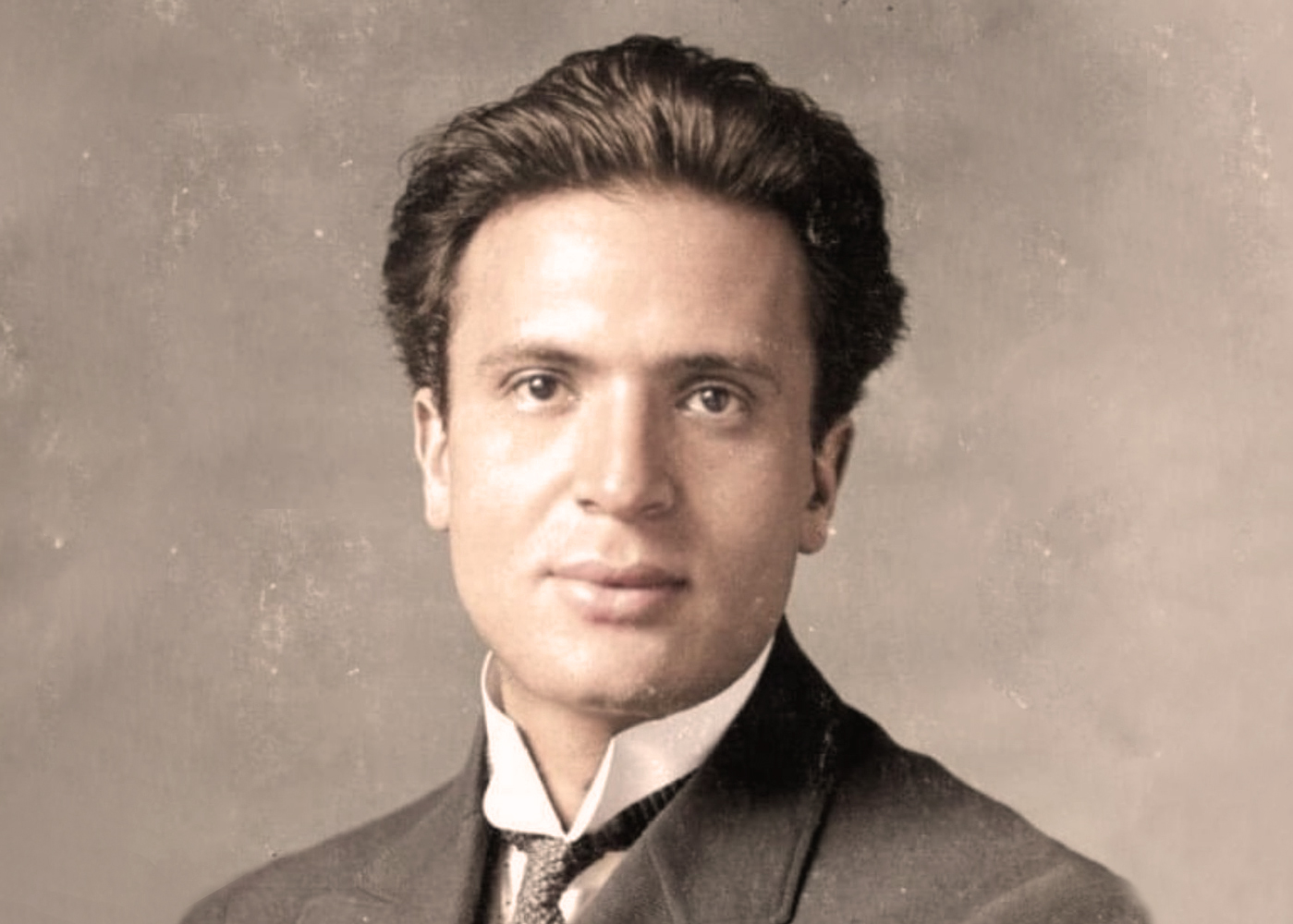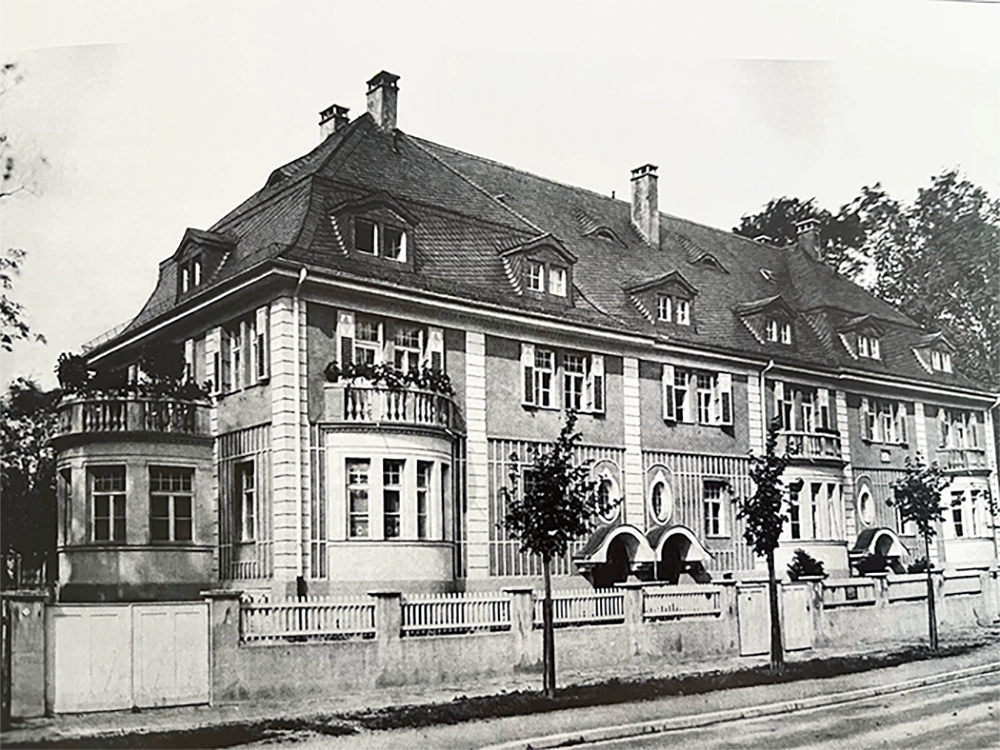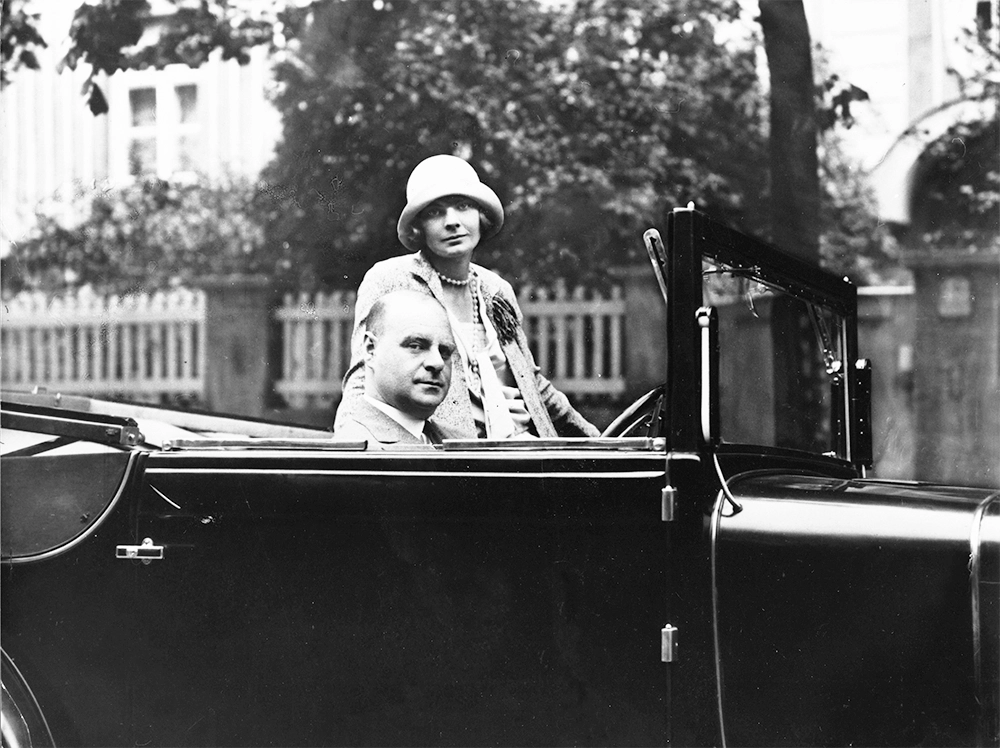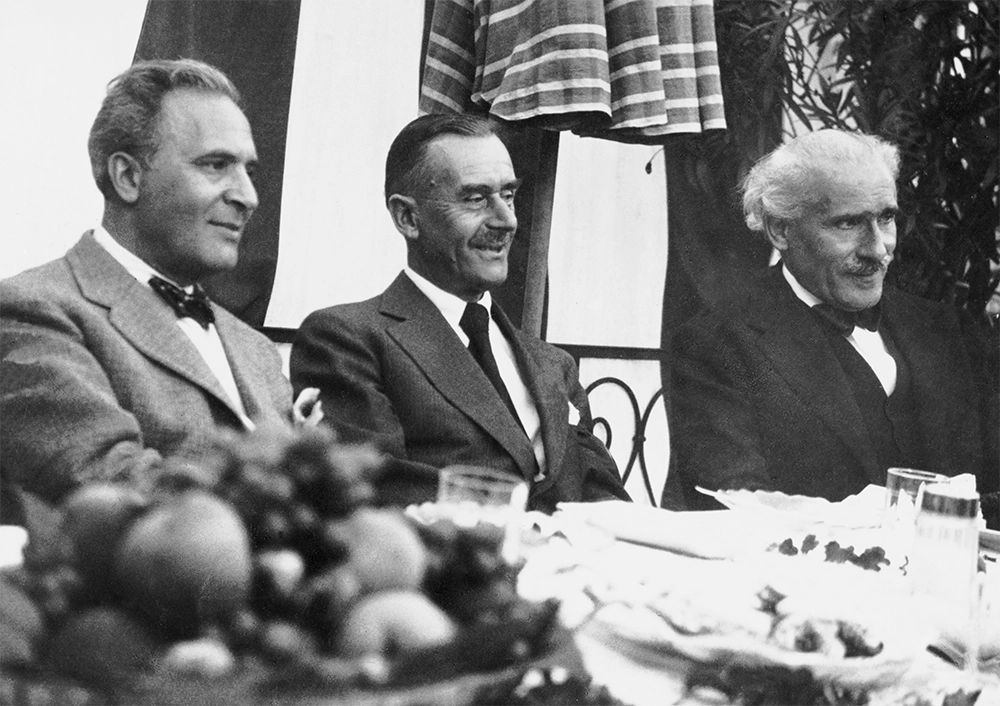Bruno Walter and Bruno Frank were the inaugural residents of the ifo building at Mauerkircherstrasse 43, located in the today affluent residential area that forms the Herzogpark. Their remarkable contributions to Munich’s artistic scene and their warm intellectual exchanges with neighbors in Herzogpark, notably with the family of the legendary writer Thomas Mann, represent a unique chapter in Germany‘s cultural history, right until the national socialists came into power 1933. Since 1963, the ifo Institute has been the steward of this historic building.


Bruno Walter: Conductor and Homeowner
In 1913, the esteemed conductor and composer Bruno Walter acquired one of the so-called “Triplet Houses” designed by Munich architect Paul Böhmer in 1909. Despite facing overt anti-Semitic hostility as a Jew, Walter recalled the decade he spent in Herzogpark as “the most productive time of my life,” a period marked by “a surge of artistic activity.” He continued as Munich’s general music director until the fall of 1922.
Bruno Frank: Writer and Tenant
After moving to the Städtische Oper, “the Municipal Opera”, in Berlin in 1924, Bruno Walter leased his house to the artist couple Bruno and Liesl Frank. Bruno Frank, also of Jewish descent, was a pivotal figure in Germany’s literary scene during the 1920s and 1930s. Among his significant works from his Munich days is the “Political Novel” (1928), which explored Franco-German reconciliation post-World War I, drawing inspiration from the landmark meeting between foreign ministers Aristide Briand and Gustav Stresemann in Locarno in 1925. The novel was swiftly translated into five languages.


California Exiles from Herzogpark
In March 1933, following the rise of the National Socialists, Bruno and Elsa Walter fled to Austria, later moving to Switzerland in 1938, and ultimately settling in the United States. The Franks promptly left Munich after the Reichstag fire, a pivotal event in the rise of the National Socialist party, in February 1933. In 1939, an emotional reunion took place in Beverly Hills, USA, among the three families of Bruno Walter, Bruno Frank, and Thomas Mann. The friendships that had blossomed in Munich’s affluent Bogenhausen district flourished anew under the sunny skies of California, albeit under forced circumstances.
What became of the emigrants? Bruno Frank passed away in Los Angeles in 1945. The Mann family relocated to Switzerland in 1952, and Bruno Walter thrived in his new country, becoming the principal conductor of the New York Philharmonic.
Note: For the sources used in this text, click on the imprint.